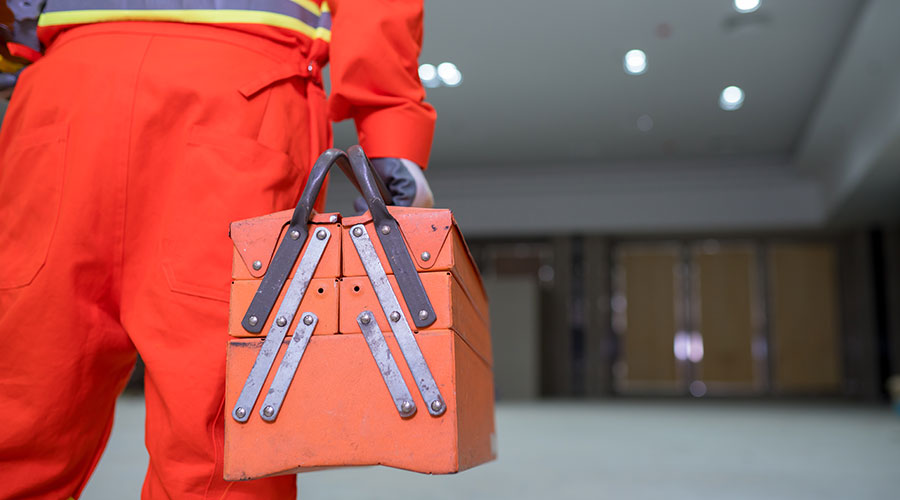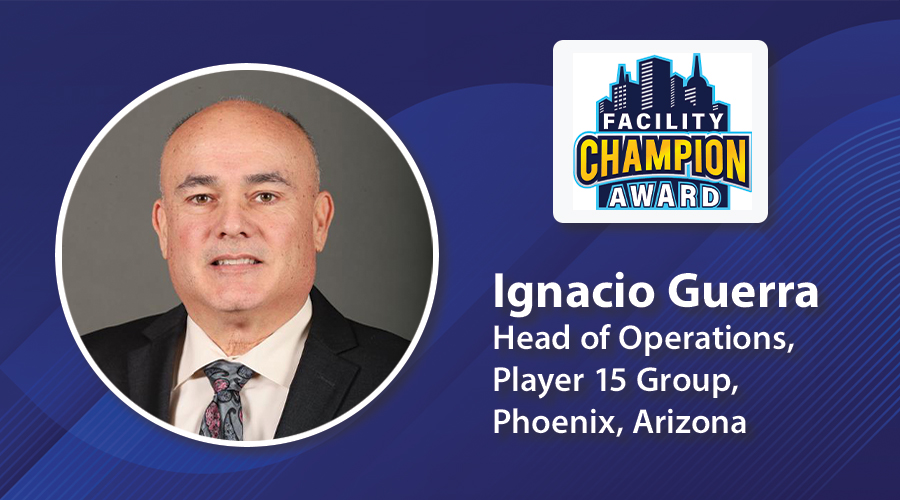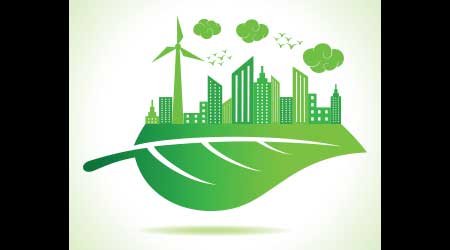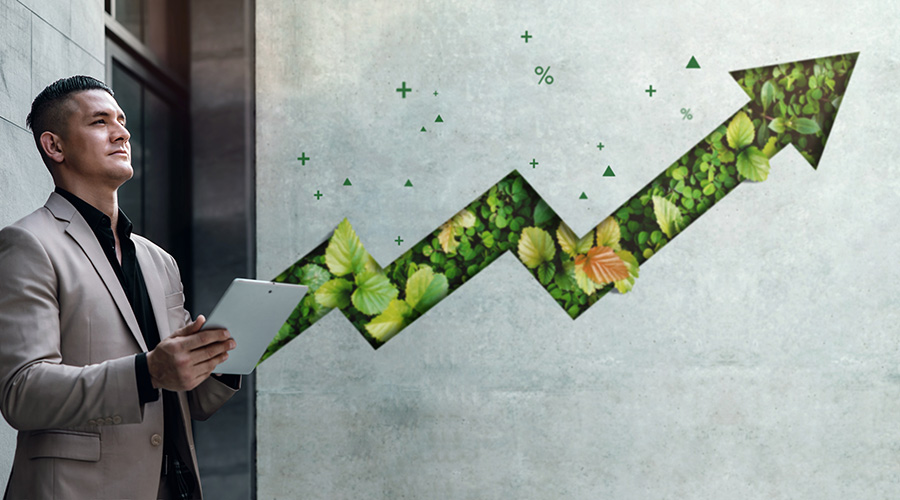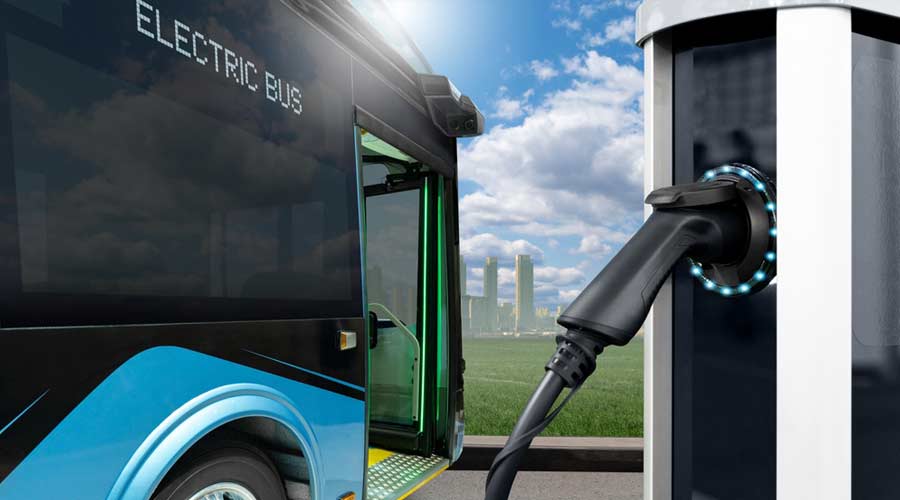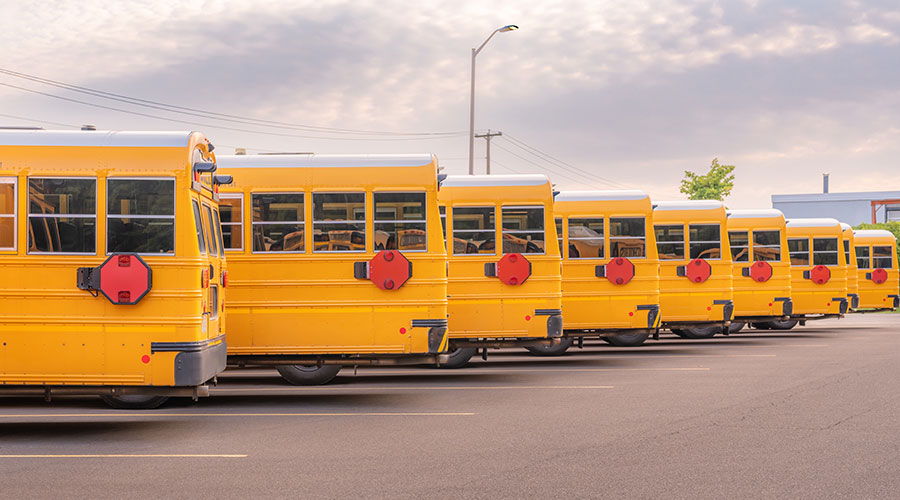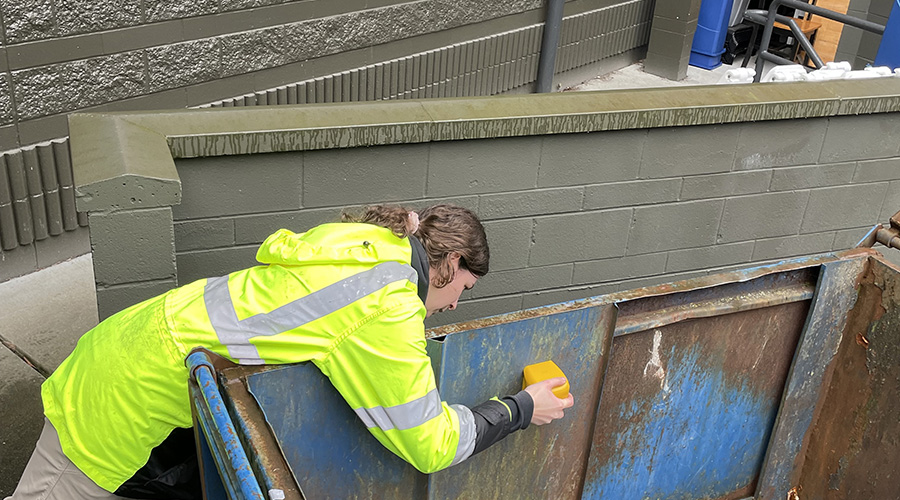Living Standard: Better Buildings Translate to Better Lives
USGBC's Living Standard initiative is helping solidify the connection between sustainable strategies in buildings and their effects on the people living and working in them.
By Sarah Stanley, Director of Communications, U.S. Green Building Council
Just think about this: 70 percent of the world’s population will live in cities by 2050. The question for the industry is: what kind of cities will they be experiencing? The homes, schools, hospitals, offices, hospitals, hotels, retail centers and other spaces being constructed today will define quality of life for millions of people in the future.
This means that the decisions owners and managers make today will have long-term impacts not just on the environment, but on the people inside these spaces. For the last 25 years, the U.S. Green Building Council (USGBC) has worked to transform how our buildings, communities and cities are designed and constructed through LEED, enabling an environmentally and socially responsible, healthy and prosperous environment that improves quality of life. Today, LEED is the most widely used green building standard in the world with more than 47,500 certified commercial projects across 176 countries and territories.
People recognize that when they are in a LEED certified building, they are in a space that uses less energy and water, avoids waste and ultimately reduces its environmental burden. LEED project teams around the world have been committed to delivering spaces that they also know improve indoor air quality and enhance health and wellness for the people within them. After all, green building is all about people. But this connection between green buildings and improved health and wellness is not yet widely realized by the broader public.
Understanding how to strengthen this relationship has been the focus of USGBC’s Living Standard initiative over the last year. Through qualitative and quantitative research, the campaign examines how language and storytelling can help the green building industry better connect practices to people. In September, the organization released Standard Issue Volume II, which explores Americans perceptions around sustainability and green buildings and what will motivate people to address environmental issues. The survey, representing 1,850 Americans across the U.S., showed that the simplest way to connect with others on the importance of the environment is to frame the conversation around people and the health, safety and well-being of their friends and families. A significant insight when considering how to communicate the importance of green building strategies like energy efficiency, waste reduction and water conversation.
The research findings are informing the next phase of USGBC’s work and includes providing the market with tools to help reframe the conversation so tenants, occupants and community members can truly appreciate the efforts and advantages of a LEED-certified space. The survey reveals that 39 percent of people have not considered or do not know the impact the buildings they use in their daily lives have on their own health and well-being. While people believe green buildings, energy efficiency, water conservation and other strategies are good for the environment, they typically aren’t connecting how those efforts can impact them personally. From improved air quality and daylighting to biophilic design and access to outdoor spaces, green buildings are spaces that contribute to health, productivity and other positive wellness outcomes. Through Living Standard, USGBC is striving to make these positive outcomes more visible to the general public and help scale demand for greener buildings.
A commercial developer in Chicago who was surveyed for the second report noted, “I think a lot of the public has yet to realize the full scope of how building can impact their health and happiness. I think they’re just so accustomed to seeing commercials for air filters and air purifiers they think ‘I’m just being sold something’ [but] you pull all these things together for your house and for your office or your workplace and it really does matter.” In a previous survey from October of 2018, USGBC found that employees in LEED-certified buildings were happier, healthier and more productive. More than 90 percent of respondents in LEED-certified green buildings said they were satisfied on the job. Finding new and better ways to communicate the value of green building work to the broader public will play a pivotal role in driving the adoption of sustainable practices.
To help the industry tell a more personal story about buildings, USGBC released the Living Standard Action Toolkit available online and with the recent release of LEED v4.1, USGBC is making it easier than ever before for LEED teams to prioritize health and wellness.
Related Topics:






